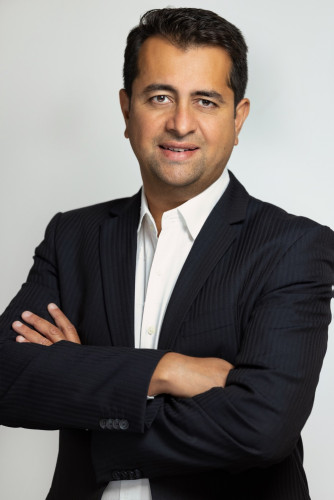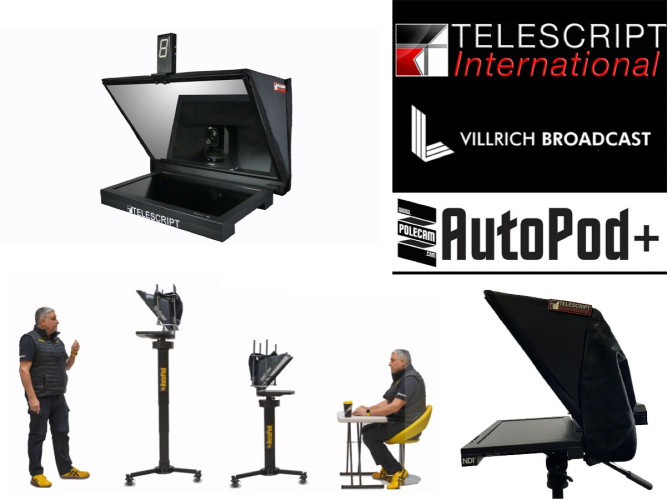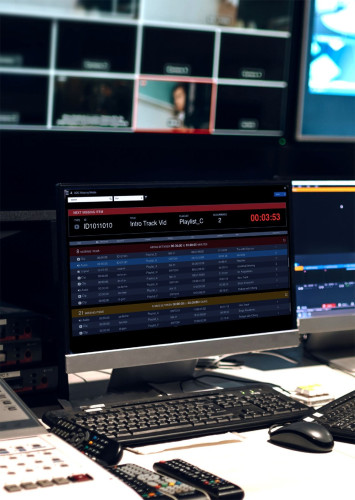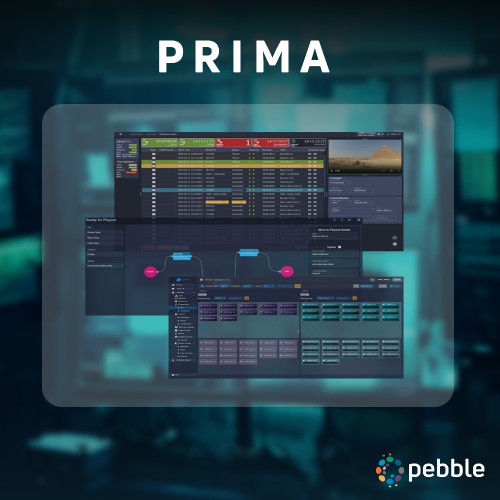Broadcast management systems specialisation not generalisation
Author: Dennis Lennie
Published 1st August 2009
“Broadcast management systems” is used here as a collective term to encapsulate all of the processes involved from capturing and creating content, to distribution and monetisation. There are so many points of decision making in a broadcast production chain that automating the processes can be mind boggling in complexity. Taking just a view of frame accuracy, the controls must ensure that the processes are synchronised up to sixty times a second. Ignoring this level of detail, the remainder of this topic deals only with high level process.
Comparing broadcast management systems to other processes that have been automated (computerised) in recent history (i.e. the last 30 years) shows that it is much harder to create a holistic system for broadcast than for many other industry sectors. Part of this is down to the wide variety of standards, and the breadth of those standards, part is down to the sheer number of pieces of equipment available for the various tasks, but mostly it is the automation of the decisions and thoughts of the experts involved in the processes.
So, can you take a holistic approach to creating the ultimate broadcast management system? Can one unifying system create a genuine end to end automated workflow? In my opinion we are a long way from achieving that, and I believe that it is not even an objective that should be pursued at this time. The broadcast industry is full of talented and creative people, and there are so many specialisms that if each sub-process is broken down and expertise applied to resolving the complexity of each, with a view to creating standardised, documented and open points of integration, then every variety of workflow can be accommodated. This also seems to be the approach that many of the suppliers in the industry are now taking, and partnerships, joint developments, and collaborative working are being applied to companies developing specialised, expert systems that break down and solve the decision making into manageable programmable sections.
In doing this, we are seeing significant improvements in each of the core areas: acquisition, asset management, editing, storage, scheduling, live and news production, playout, compliance recording and transmission. In acquisition cameras make digital files that are easily annotated with metadata and simply transferrable to downstream systems. Ingest systems can take the files or other digital media, simultaneously making multiple files in different formats, and performing quality control. Asset management systems index and enrich the media with information for fast search and retrieval, as well as creation of new versions of the materials. Editing systems automatically compile the versioned materials and add transitions, effects and other graphical enhancements. The media in editing residing in complex shared storage systems, with automated nearline and archive processes. It used to be that the islands of editing and playout were connected by file transfers between playout storage systems and edit storage systems. This is no longer the case, you can now maintain a single storage system that fulfils both purposes. Extend that to the anomalies previously created by editing file formats and playout file formats. It used to be that transcoding was an essential requirement, sometimes after the point of ingest into the editing system, and then after editing into the playout system. Now editing can take place in the ingested file formats and played out in the edited file formats. Creating a playlist used to involve documenting which pieces of equipment would perform what individual piece of the transmission, and how would it be initiated (triggered). Now secondary events can be handled in single playout devices (channels in a box) which alleviate the need to collate disparate equipment, and the logs of what functions they have performed. Determining how often something is scheduled can be automatically determined from the rights management, or from the advertising sales processes, with frame accurate schedule gaps automatically filled with evergreen materials. Creating and playing live content can be done collaboratively with sophisticated process for camera control, auto-cue, clip and still, DVE, voice-over and graphics overlays related to real time data updates. All of this can be recorded in low resolution, matched to viewer statistics and reported back to determine the success of an initial broadcast. Versioned materials can be automatically sent to satellite in standard and high definition, transmitted over fibre and cable networks, streamed on the internet or made available on demand with sophisticated transaction systems further monetising the content.
This is just a flavour of the things that are being done on a daily basis to provide consumers with the media they are so hungry for. So, do we think that a single control system could handle all of this complexity – extremely unlikely. However for each area of specialisation there are a myriad of suppliers that have created solutions that do things in different ways. This type of competition is fine, providing there are some common interfaces to and from each of the systems, and that each element in the chain is willing to work with all of the others from end to end, with standards driven from common agreement not from imposition or market strength. In my view each of the suppliers should also focus on creating excellence in their core compentency. Let the scheduling experts develop scheduling systems, let the asset management experts develop rich asset management systems, etc, etc. If you see suppliers who have developed solutions in multiple areas it is likely that they will all be sub-optimal as the complexity of each area needs significant focus. I’m not saying that each needs to be developed in isolation without thought for other processes, but more that the open collaborative development environment be encouraged.
It appears that a catalyst for this to be realised has come about from the world wide economic slow down, where companies are pulling back the development resources and focusing, and as has been reported several times about attendance at NAB a new era of openness, partnership and genuine desire to share has come about. We are now seeing some consolidation of companies and partnerships and joint ventures seem to be announced almost daily. I believe that this is an encouraging sign that we are in an era of specialisation and not generalisation.
Alongside these developments have been the middleware (glue) systems created by the likes of IBM and Microsoft. If these help each of the specialists to work to common standards then we may be able to move towards some over-arching management systems into the future. The rate of development in all aspects of broadcast technology over the last decade has been phenomenal, although I have also been to sites around the world that are still reliant on banks of fingers pressing buttons so not everyone has been able to take advantage of these advances. In addition there is also the human factor, and the amazing capacity of humans to process simple and complex information and to make decisions based on multiple input criteria having analysed the possible outcomes. Unfortunately the complexity of a typical transmission chain requires many interventions and each of these determine outcomes that the people involved may not be able to control. It seems that with the focus on specialist areas the efficiencies of software decision making are genuinely interacting with up and down stream systems to set up the possibilities of creating the holistic broadcast management system of the future.
For our part ON-AIR Systems has focused on development of highly featured playout applications, and has always looked to partner or develop working interfaces to all the feed and downstream systems. In the last year alone we have worked with ingest, storage, routing, scheduling, editing and compliance suppliers to provide integrated solutions for our customers. Where we have had the expertise we have developed, where we have seen the benefit of external expertise we have integrated and partnered. We believe that this has created an environment where the systems integrators are able to choose solutions much more tailored to the unique demands of every channel, taking into account current investment in equipment and software that continues to have value, as well as future investment ensuring that choices remain open as the exciting and creative developments continue at the amazing pace that the industry has achieved.



































